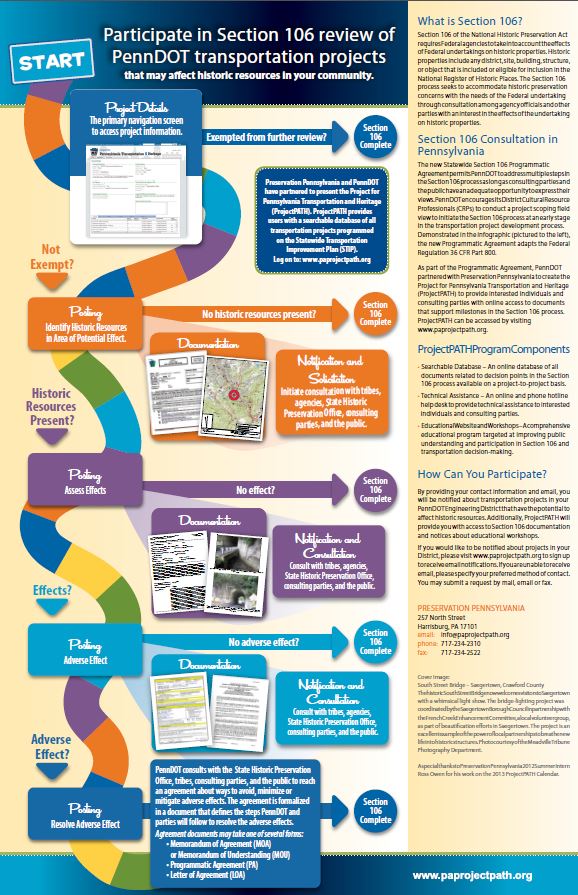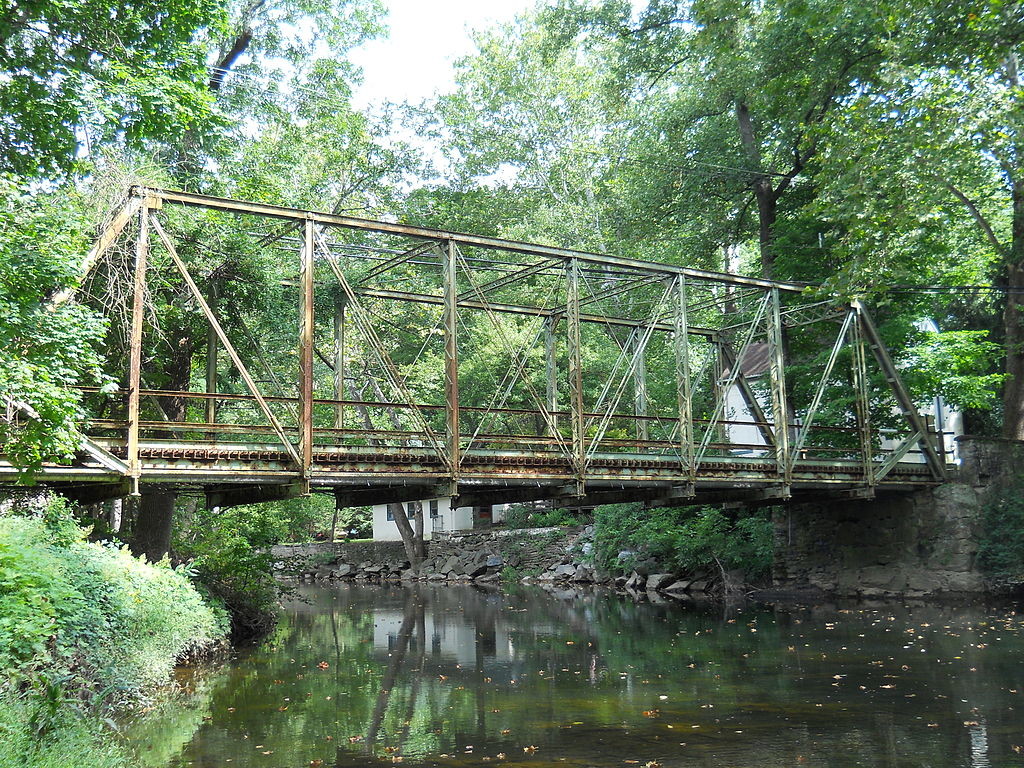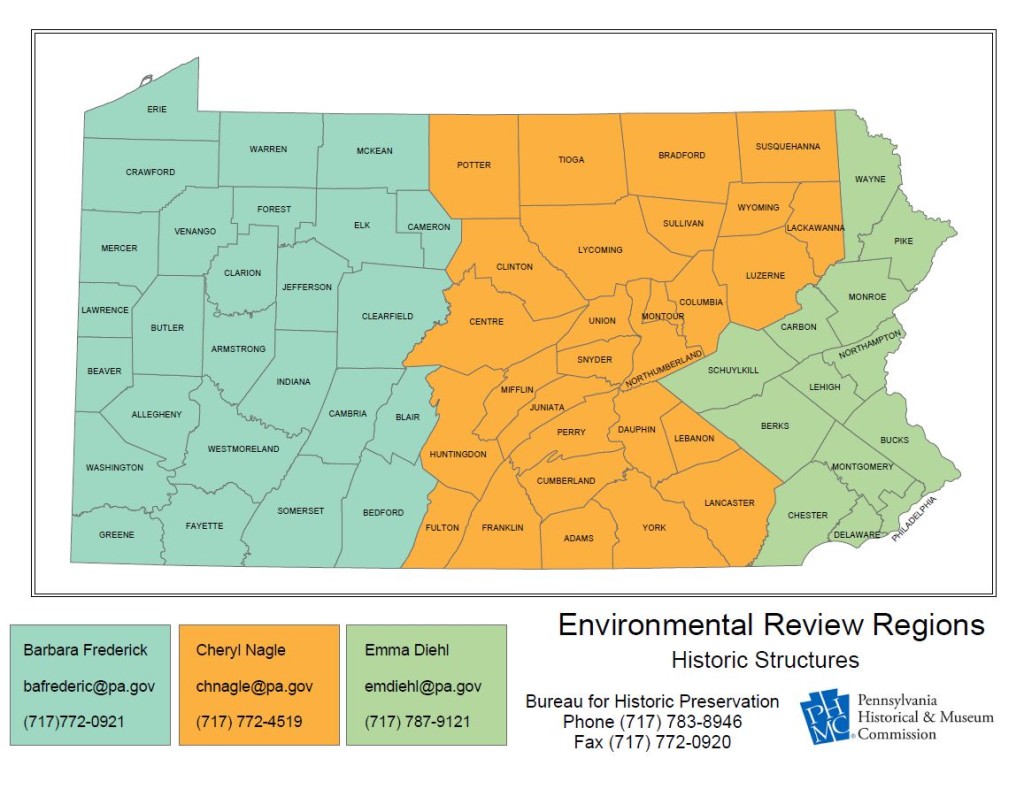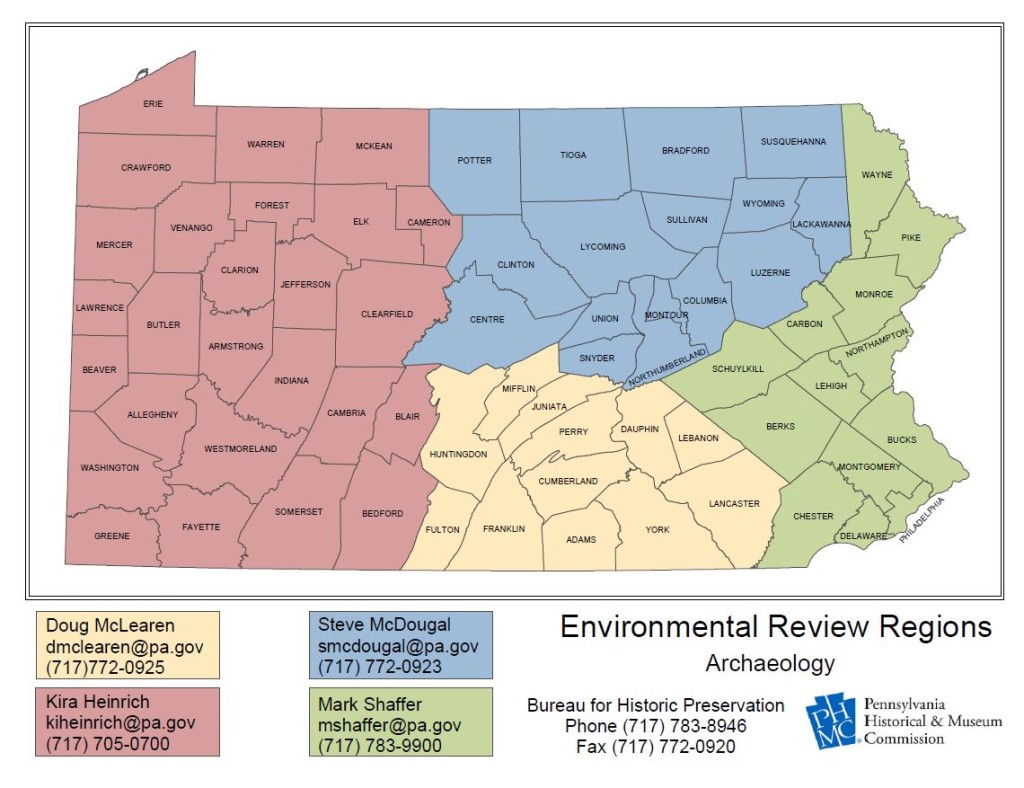Arguably, like most any full-time hard working adult, there aren’t enough hours in the day to absorb all of the informative blogs and interesting articles regarding Section 106 of the National Historic Preservation Act (NHPA) of 1966 that traverse the “intra-web.” So no surprise, I recently came across a blog a mere 6 months after its initial posting that immediately grabbed my attention. On March 6, 2015, the National Trust for Historic Preservation’s Preservation Leadership Forum posted Elizabeth Merritt’s “Worst Practices for Section 106 Consultation.” Her blog very candidly captures the 10 worst approaches to Section 106, noting instead that Section 106 should in fact be a “team exercise, with all parties working together to come up with an agreed-upon solution.” Recognizing that historic preservation is a public interest, Section 106 is inherently a consultative process. But who should be included in that process or, in other words, who should be getting the invite to the party (after all, they are called consulting parties)? This blog hopes to provide some guidance on answering that question.
1. First things first – What is Section 106? and… What is consultation in the context of Section 106?
Section 106 of the NHPA mandates that federal agencies must take into account the effects of their undertakings (any project receiving federal funds and/or requiring a federal permit or license) on historic properties (those buildings, sites, structures, districts, and/or objects eligible for or listed in the National Register of Historic Places). Under Section 106, federal agencies are required to consider the effects of their undertakings on historic properties in consultation with historic preservation stakeholders. The implementing regulations for Section 106 (36 CFR Part 800) define consultation as the process of “seeking, discussing, and considering the views of other participants, and where feasible, seeking agreement with them regarding matters arising in the Section 106 process” (36 CFR Part 800.16(f)). Here’s the kicker – effective consultation should occur during the planning phase of a project, months or even years before any construction activity commences. Federal agencies and preservation stakeholders alike should be willing to explore a variety of possibilities for agreement in an active exchange of ideas. So once again, who should those preservation stakeholders be?
2. “By-Right” Consulting Parties
The implementing regulations of Section 106 dictate those organizations that are entitled to participate as consulting parties, which include the following:
State Historic Preservation Officer (SHPO) – The role of the SHPO is to advise and assist the federal agency in carrying out their Section 106 responsibilities and cooperate with such agencies as well as consulting parties to confirm adequate consideration has been given to project alternatives that avoid or minimize adverse effect. Since the Pennsylvania SHPO is located within the Pennsylvania Historical & Museum Commission, some agencies may interchangeably refer to the PA SHPO as the PHMC.
Federally Recognized Indian Tribes/THPO – Federal agencies must consult with any Indian tribe or Native Hawaiian organization that attaches religious and cultural significance to historic properties that may be affected by an undertaking. Consultation with an Indian tribe must recognize the government-to-government relationship between the federal government and Indian tribes. In some states across the country, a federally recognized Indian tribe (Tribal Historic Preservation Officer/THPO) may assume the functions of the SHPO in the Section 106 process for undertakings occurring on tribal lands.
Local Governments – A representative(s) of the local government(s) with jurisdiction over the area(s) in which the effects of an undertaking may occur is entitled to participate as a consulting party. In some instances, under the other provisions of federal law, the local government may be authorized to act as the agency official for the purposes of Section 106.
Applicants for Federal Assistance, Permits, Licenses, and/or Other Approvals – This category is pretty self-explanatory; however, it should be noted that the federal agency may authorize an applicant to initiate consultation with the SHPO/THPO and others; however, the federal agency still remains legally responsible for all findings and determinations charged to the agency.

Wikimedia Creative Commons ; Fetters Mill Bridge, Montgomery County. There was participation and FHWA responsibilities – the original project called for replacing the one lane metal truss bridge with a two lane concrete bridge in the middle of a small rural historic district. Participation by consulting parties during the Section 106 process helped to change the project scope to rehabilitating the historic bridge.
3. Invited Consulting Parties
Invited consulting parties are those certain individuals and organizations with a demonstrated legal, economic, or historic preservation interest in an undertaking. This usually includes but is not limited to statewide, local, and sometimes national preservation advocacy groups. Municipal governments, environmental organizations, community development organizations, and nearby property owners are frequent participants. Ultimately, however, the participation of the individuals and organizations in the consultation process is subject to approval by the responsible federal agency. An especially useful publication regarding the role of invited consulting parties in the Section 106 process is the Advisory Council on Historic Preservation (ACHP)’s Protecting Historic Properties: A Citizens Guide to Section 106.
4. Participation is Key!
It’s important to remember that the Section 106 was created as part of the NHPA because the public felt local historic properties were not being given due consideration in the planning of federal programs. Effective consultation works as a two-way street. Federal agencies must be willing to seek and consider the views of consulting parties while at the same time consulting parties should be willing to actively engage in the process. Consulting party status entitles the participant to share their views, receive and review pertinent information, offer ideas, and consider possible solutions together with the federal agency and other consulting parties. The most critical step you can take when there is a federally assisted project in your community is to make yourself known to the sponsors, which includes the state and federal agencies or their authorized representatives, during the planning phase. Ask specifically to be included in the Section 106 process and be prepared to provide your name, contact information, and a statement about why you are interested in participating. A useful chart for understanding the various roles and responsibilities with regards to Section 106 is found via PennDOT’s Pennsylvania Heritage & Transportation website, or PA Project PATH .
5. Contact Us!
We at the PA SHPO have recently compiled a continuously evolving list of organizations to be potentially included in the Section 106 process as invited consulting parties, depending upon the location of the project and historic property type. The purpose of this list is to assist the federal agencies in identifying local preservation stakeholders with the hope to solicit local participation in the Section 106 process. This list is available upon request from our office by contacting the appropriate regional reviewer, as indicated on the map below. In addition, if you want to ensure that an organization is included in this list, please contact the appropriate regional reviewer.
Comment Policy
PHMC welcomes and encourages topic-related comments on this blog. PHMC reserves the right to remove comments that in PHMC’s discretion do not follow participation guidelines.
Commenters and Comments shall be related to the blog post topic and respectful of others who use this site.
Commenters and Comments shall not: use language that is offensive, inflammatory or provocative (this includes, but is not limited to, using profanity, obscene, or vulgar comments); disparage other commenters or people; condone illegal activity; identify the location of known or suspected archeological sites; post personal information in comments such as addresses, phone numbers, e-mail addresses or other contact details, which may relate to you or other individuals; impersonate or falsely claim to represent a person or an organization; make any commercial endorsement or promotion of any product, service or publication.
If you would like to comment on other topics not related to this blog post but related to PHMC, please fill out the PHMC Contact Us Form.



Leave a Reply